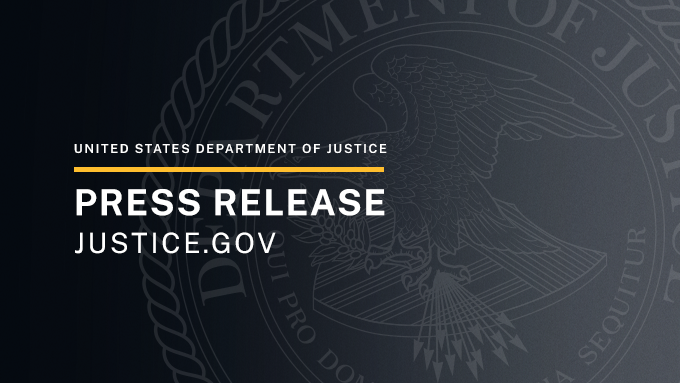OfTheCross
Veteran

But those dollars came with few strings and minimal oversight. The result: one of the largest frauds in American history

Prosecutors Struggle to Catch Up to a Tidal Wave of Pandemic Fraud
Investigators say there was so much fraud in federal Covid-relief programs that — even after two years of work and hundreds of prosecutions — they’re still just getting started.
In the midst of the pandemic, the government gave unemployment benefits to the incarcerated, the imaginary and the dead. It sent money to “farms” that turned out to be front yards. It paid people who were on the government’s “Do Not Pay List.” It gave loans to 342 people who said their name was “N/A.”
As the coronavirus shuttered businesses and forced people out of work, the federal government sent a flood of relief money into programs aimed at helping the newly unemployed and bolstering the economy. That included $3.1 trillion that former President Donald J. Trump approved in 2020, followed by a $1.9 trillion package signed into law in 2021 by President Biden.
But those dollars came with few strings and minimal oversight. The result: one of the largest frauds in American history, with billions of dollars stolen by thousands of people, including at least one amateur who boasted of his criminal activity on YouTube.
Now, prosecutors are trying to catch up.
There are currently 500 people working on pandemic-fraud cases across the offices of 21 inspectors general, plus investigators from the F.B.I., the Secret Service, the Postal Inspection Service and the Internal Revenue Service.
The federal government has already charged 1,500 people with defrauding pandemic-aid programs, and more than 450 people have been convicted so far. But those figures are dwarfed by the mountain of tips and leads that investigators still have to chase.
Agents in the inspector general’s office at the Labor Department have 39,000 investigations going. About 50 agents in a Small Business Administration office are sorting through two million potentially fraudulent loan applications.
Officials already concede that the sheer number of cases means that some small-dollar thefts may never be prosecuted. This month, Mr. Biden signed bills extending the statute of limitations for some pandemic-related fraud to 10 years from five, a move aimed at giving the government more time to pursue cases. “My message to those cheats out there is this: You can’t hide. We’re going to find you,” Mr. Biden said during the signing at the White House.
Investigators say they hope the extra time will allow them to ensure that those who defrauded the government are ultimately punished, restoring a deterrent that had vanished in a flood of lies and money.
“There are years and years and years of work ahead of us,” said Kevin Chambers, the Justice Department’s chief pandemic prosecutor. “I’m confident that we’ll be using every last day of those 10 years.”
The federal government provided about $5 trillion in relief money in three separate legislative packages — an enormous sum that is credited with reducing poverty and saving the country from a prolonged, painful recession.
But investigators say that Congress, in its haste to get money out the door, devised all three packages with the same flaw: relying on the honor system.
For example, an expanded unemployment benefit gave workers an extra $600 per week in federal jobless funds on top of what they received from their state. The program was funded by the federal government but administered by states, which often had loose rules around qualifying. Applicants did not need to provide proof they had lost income because of Covid-19; they simply had to swear it was true.
They were the Paycheck Protection Program, in which the government guaranteed loans made by private lenders, and the Economic Injury Disaster Loan program, in which the government itself gave out loans and smaller advance grants that did not have to be repaid. In both, the government trusted businesses to self-certify that they met key requirements.
Both the Labor Department and the Small Business Administration said that they had tried to screen those claims — and that they did reject billions of dollars’ worth of applications that did not make sense. But that was not enough.
In some cases, the programs missed schemes that were comically easy to spot. In one instance, 29 states paid unemployment benefits to the same person. In another, a Postal Service employee got an $82,900 loan for a business called “U.S. Postal Services.” Another individual got 10 loans for 10 nonexistent bathroom-renovation businesses, using the email address of a burrito shop.
In the Paycheck Protection Program, private banks were supposed to help with the screening, since in theory they were dealing with customers they already knew. But that left out many small businesses, and the government allowed online lenders to enter the program. This year, University of Texas researchers found that some of those “fintech” lenders appeared less diligent about catching fraud.






